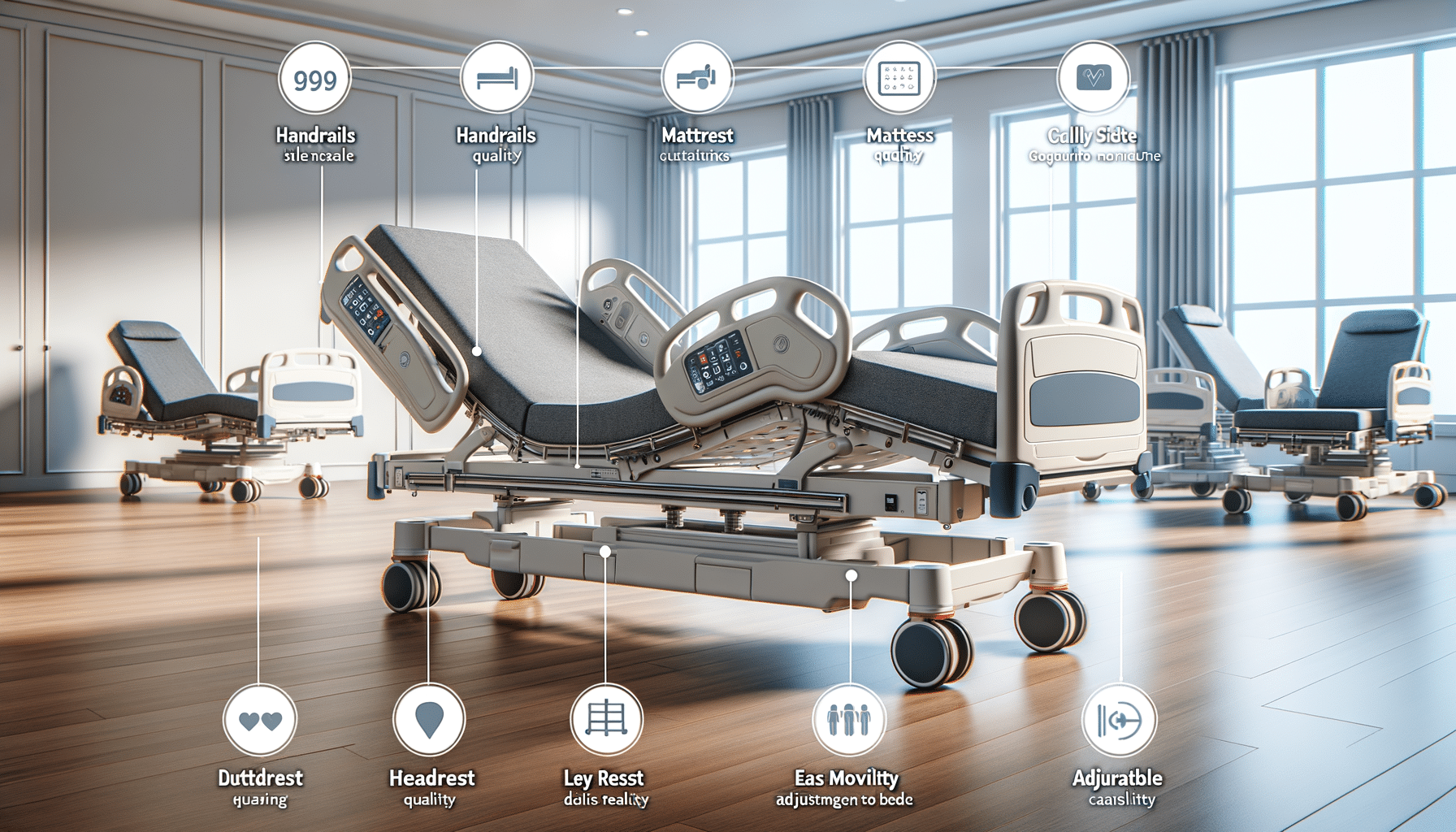
Selecting the Perfect Adjustable Nursing Bed: A Comprehensive Guide
Introduction to Adjustable Nursing Beds
Adjustable nursing beds have become an integral part of healthcare settings, offering both patients and caregivers a range of benefits that enhance comfort and care. These beds are designed to adjust to various positions, catering to the specific needs of patients with limited mobility or those recovering from surgery. The ability to customize the bed’s configuration not only aids in patient comfort but also facilitates medical procedures and daily care routines. As healthcare continues to evolve, the demand for adjustable nursing beds is expected to rise, making it essential for healthcare providers and families to understand their features and benefits thoroughly.
Features and Benefits of Adjustable Nursing Beds
Adjustable nursing beds come equipped with a variety of features that make them a valuable asset in healthcare environments. Some of the most notable features include:
- Height Adjustment: Allows caregivers to set the bed at a convenient height, reducing the risk of back strain during patient care.
- Head and Foot Elevation: Provides customizable positioning for patient comfort and can aid in specific medical conditions such as respiratory issues or circulation problems.
- Side Rails: Offer added safety, preventing falls and providing support for patients when entering or exiting the bed.
The benefits of these features are manifold. For patients, adjustable beds can significantly enhance comfort, reduce pain, and improve sleep quality. For caregivers, they ease the physical demands of patient care, allowing for more efficient and effective delivery of services. In addition, adjustable beds can be equipped with advanced technology, such as remote controls and sensors, to further enhance their functionality and ease of use.
Considerations When Choosing an Adjustable Nursing Bed
Selecting the right adjustable nursing bed involves careful consideration of several factors to ensure it meets the specific needs of the patient and the care environment. Key considerations include:
- Weight Capacity: Ensure the bed can safely support the patient’s weight, including any additional equipment or accessories.
- Size and Dimensions: Consider the space available in the room and the patient’s size to select an appropriately sized bed.
- Ease of Use: Look for beds with user-friendly controls and features that simplify operation and adjustment.
Additionally, it is important to consider the durability and warranty of the bed, as these factors can impact long-term satisfaction and performance. Consulting with healthcare professionals or bed specialists can provide valuable insights and help in making an informed decision.
Comparing Different Models and Brands
The market for adjustable nursing beds is diverse, offering a wide range of models and brands to choose from. When comparing options, it is essential to evaluate the following aspects:
- Quality and Material: Assess the construction quality and materials used, as these will affect the bed’s longevity and comfort.
- Technological Features: Some beds come with advanced features such as built-in massagers, USB ports, or integrated lighting, which can enhance the user experience.
- Cost: While budget is a significant factor, it is important to balance cost with quality and features to ensure value for money.
Reading reviews and testimonials from other users can provide practical insights into the performance and reliability of various models. It is also beneficial to explore trial options or demonstrations offered by manufacturers to experience the bed’s features firsthand.
Conclusion: Making the Right Choice
Choosing the right adjustable nursing bed is a crucial decision that can significantly impact the quality of care and comfort for patients. By understanding the features, benefits, and considerations involved, caregivers and healthcare providers can make informed decisions that align with their needs and preferences. As the healthcare industry continues to advance, investing in a high-quality adjustable nursing bed can enhance patient outcomes and streamline caregiving processes, ultimately contributing to a more effective and compassionate healthcare environment.


